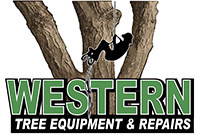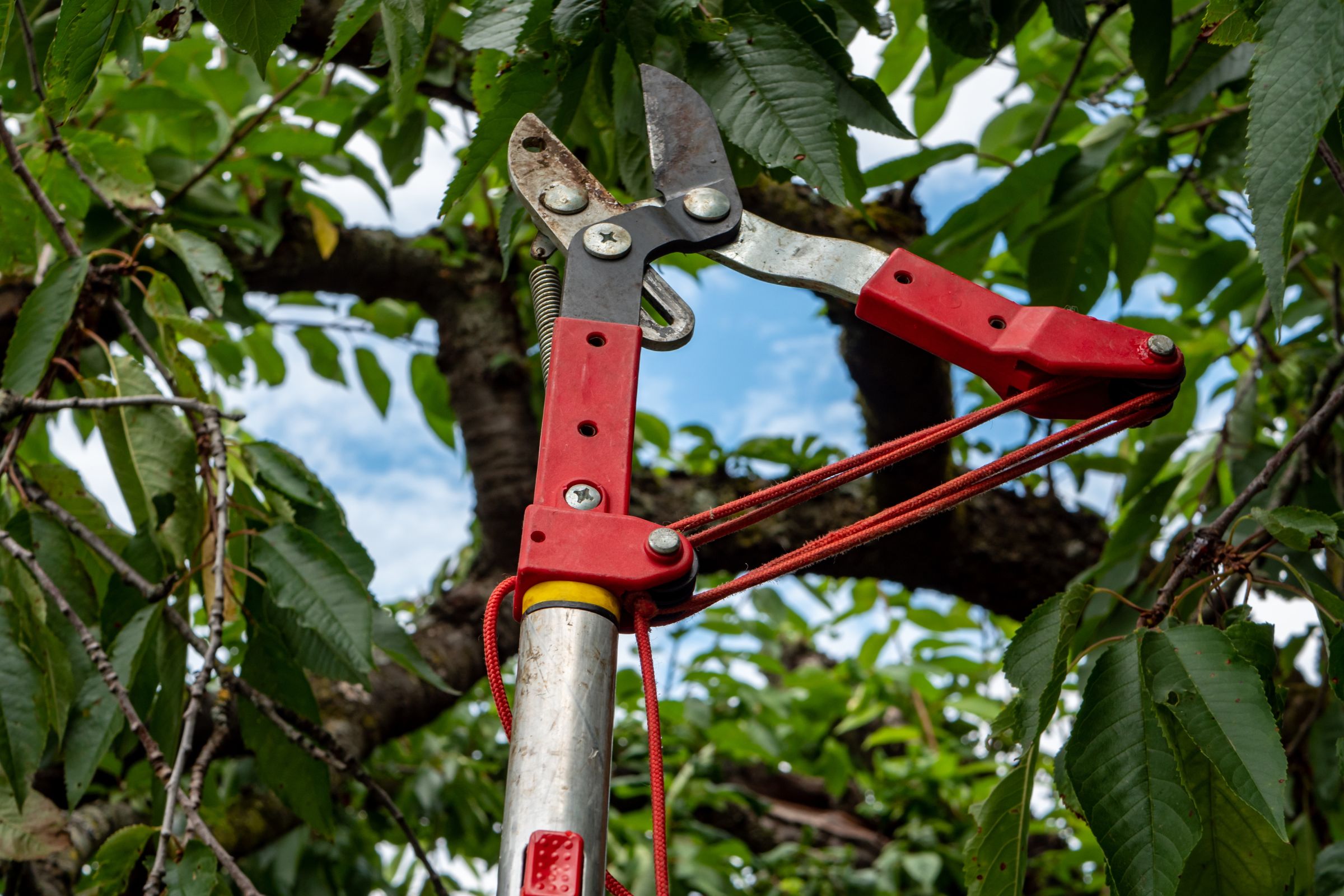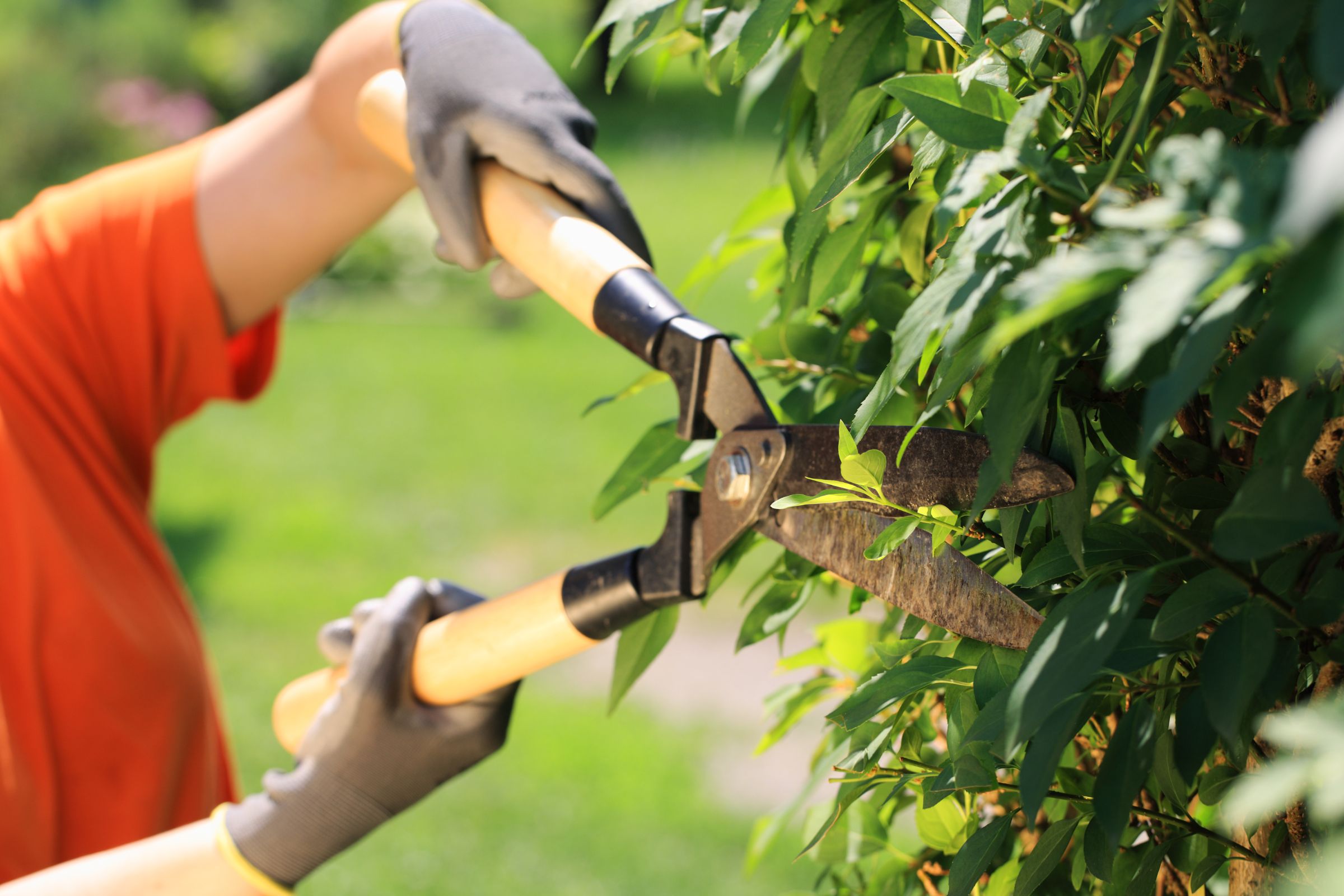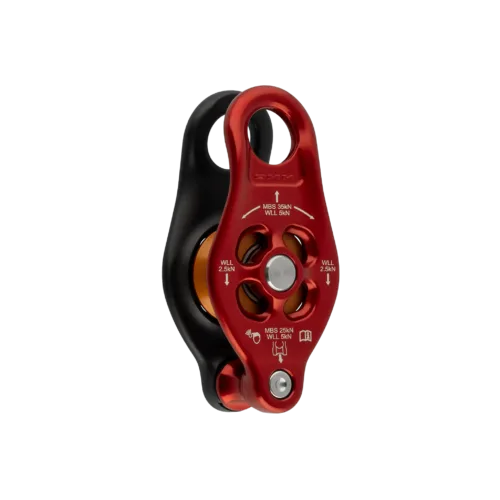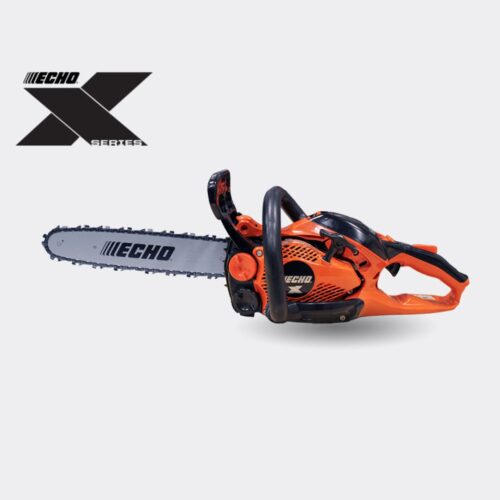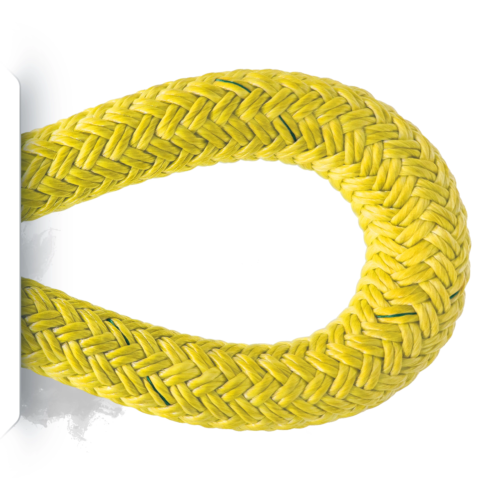
Chainsaws are powerful tools essential for tree care professionals, but they come with significant risks, particularly rotational kickback. Understanding and managing these risks is crucial for anyone who uses a chainsaw. This comprehensive guide uncovers what rotational kickback is, why it happens, and how you can handle it safely.
What Is Rotational Kickback?
Rotational kickback occurs when the nose or tip of the chainsaw bar strikes an object, or when the wood pinches the chain along the bar, causing the chainsaw to kick back towards the operator. This can happen suddenly and with great force, posing a serious risk of injury.
Common Triggers Of Kickback
- Contact with the upper quadrant of the bar nose, often referred to as the “kickback danger zone.”
- Improper use of the saw, such as overreaching or cutting with the chainsaw bar tip.
- Cutting with a dull chain which increases the chances of the saw getting stuck and kicking back.
Preventing Rotational Kickback
To prevent rotational kickback, it’s important to use proper techniques and safety equipment.
Chainsaw Handling Techniques
- Always hold the chainsaw firmly with both hands and maintain a stable stance.
- Avoid cutting with the tip of the bar and try to use the lower part of the bar for cutting.
- Be aware of the position of the bar nose at all times during operation.
Equipment & Maintenance
- Use a chainsaw with a kickback protection device like a chain brake, which can stop the chain if kickback occurs.
- Ensure your chainsaw is well-maintained, with a sharp chain and proper tension.
- Regularly check and replace worn or damaged components.
Training & Preparedness
Proper training is crucial for safely handling chainsaws. Many accidents happen due to a lack of awareness or understanding of how to manage kickback.
Professional Training Programs
- Participate in certified arborist courses or chainsaw safety classes that cover all aspects of chainsaw use, including managing kickback.
- Regularly practice the techniques learned in training to build muscle memory and confidence.
Personal Protective Equipment (PPE)
While mastering chainsaw handling techniques and ensuring your equipment is well-maintained are vital, wearing the appropriate protective gear is equally crucial in preventing injuries. Investing in high-quality safety equipment ensures not only compliance with safety standards but also provides comfort and functionality, enhancing overall job performance. Using professional-grade equipment can significantly reduce the risk of serious injuries.
Essential Protective Gear
Arborists should always be equipped with the following essential safety gear when operating a chainsaw:
- Helmet: Protects against falling debris and accidental contact with the chainsaw. One excellent option is the Pfanner Protos Integral Arborist Helmet available at Western Tree Equipment & Repairs. This top-tier helmet offers integrated hearing protection and a visor, making it an all-in-one solution for head safety.
- Gloves: Provide grip and protect the hands from cuts. With cut level 4 protection, the Forester Hi-Vis Arborist Rope/Climbing Gloves provide better grip when operating a chainsaw.
- Chainsaw Chaps or Pants: Protect the legs from potential cuts by stopping the chainsaw upon contact. Consider the Echo Full Wrap Chainsaw Chaps, which offer 360-degree protection and are designed to provide comfort and mobility while ensuring safety.
- Boots with Steel Toes: Protect feet and provide stability on uneven ground.
Chainsaw Maintenance & Repair Services
Proper maintenance is key to the safe operation of any chainsaw, and sometimes, maintenance means more than just regular care—it means professional repairs.
Professional Repair Services
At Western Tree Equipment & Repairs, we not only provide top-quality safety equipment but also offer comprehensive chainsaw repair services. Whether your chainsaw has suffered from wear and tear, or you’ve experienced issues that could lead to kickback, our experts are here to help. Regular professional maintenance and timely repairs can ensure your chainsaw operates safely and efficiently, reducing the risk of accidents.
Safe Chainsaw Handling With Western Tree Equipment & Repairs
Understanding rotational kickback and equipping yourself with the right safety gear are fundamental aspects of chainsaw safety. Regular training, proper equipment maintenance, and staying updated with the latest safety standards and innovations are all crucial for ensuring that every tree care operation ends as safely as it begins. At Western Tree Equipment & Repairs, we are dedicated to providing you with the tools and knowledge you need to perform your tasks safely and efficiently. Visit us for all your equipment needs and safety gear to keep climbing and cutting safely, season after season.
